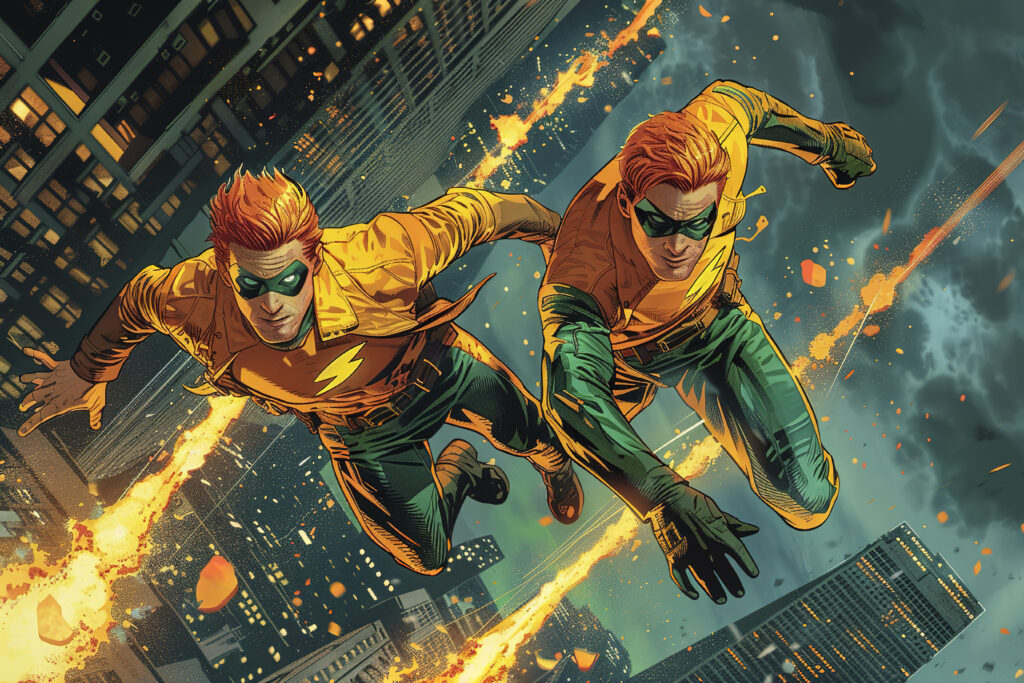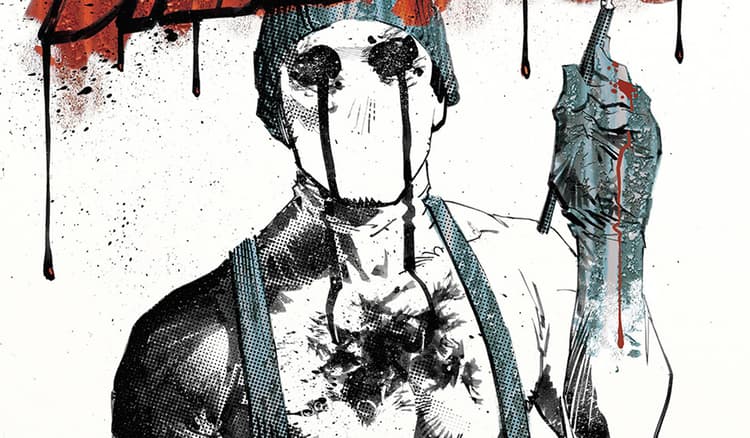The name Muse Marvel Comics sparks curiosity among fans and critics alike. Unlike traditional supervillains who seek power, wealth, or revenge, Muse is a chilling figure driven solely by artistic obsession. Introduced as a dangerous adversary in the Daredevil comics, Muse leaves behind grotesque “art pieces” created from the suffering of others. This long-form guide explores his origins, story arcs, abilities, and cultural significance, providing everything you need to know about this haunting character.
Origins of Muse in Marvel Comics
Muse first appeared in Daredevil Vol. 5 #11 (2016), written by Charles Soule with artwork by Ron Garney. Unlike most villains, Muse is not motivated by greed or political gain. He is an “artist” whose canvas is human life itself. His obsession with creating “masterpieces” makes him unpredictable, terrifying, and unforgettable in the Marvel Universe.
In his early appearances, Muse targeted politicians, criminals, and innocents alike, leaving behind disturbing murals painted in blood. This immediately set him apart from the average Daredevil foe — not just another gangster or assassin, but a sadistic creative mind.
Personality and Motivation
Muse has no clear moral compass. While many Marvel villains have a backstory of tragedy or betrayal, Muse seems to kill purely for the sake of his art. His “work” often depicts chaotic images, symbols, and faces of his victims.
What makes Muse truly frightening is his lack of logic. Heroes can reason with villains who seek money or power — but how do you negotiate with someone whose only goal is to create horror on canvas? His manic energy, combined with an artist’s eye, makes every scene feel like a performance.
Key Storylines Featuring Muse
The Dark Art Arc
Muse’s most famous storyline appears in Daredevil issues #11–14, where Daredevil (Matt Murdock) teams up with Blindspot (Samuel Chung) to hunt him down. Muse’s brutal crimes shook New York City and tested Daredevil’s moral limits. In this arc, Muse even blinded Blindspot to punish him for “not seeing true art.”
Confrontation with Blindspot
The personal feud between Muse and Blindspot continued in later issues. Blindspot’s quest for revenge against Muse added emotional depth, as Muse saw his own cruelty as “artistic critique.”
Capture and Imprisonment
Eventually, Muse was captured, but his chaotic personality and creative crimes left a lasting scar on both heroes and readers. Even in captivity, Muse’s presence loomed like an unfinished painting — you knew he would return.
Abilities and Skills
Unlike supervillains who rely on high-tech gadgets or superhuman powers, Muse is terrifyingly human. His abilities stem from his intellect, agility, and creativity:
- Exceptional agility: Muse can evade attacks with surprising speed.
- Genius-level creativity: He constructs elaborate “murals” that send messages to heroes.
- Unpredictability: Muse’s erratic behavior makes him nearly impossible to anticipate.
What truly sets him apart is his mind — not enhanced by science or magic, but twisted by obsession.
Muse vs. Daredevil – A Battle of Ideals
Daredevil fights for justice, order, and protecting the innocent. Muse embodies chaos, pain, and perverse beauty. Their conflict goes beyond fists and batons — it’s philosophical. Daredevil believes life itself has value, while Muse treats life as raw material for his art.
This clash resonates with readers because it raises deeper questions: What defines art? Where is the line between expression and evil? Muse forces heroes to confront these uncomfortable issues.
Cultural Impact of Muse Marvel Comics
While Muse isn’t as famous as villains like Kingpin or Bullseye, he has earned a strong cult following. Comic fans praise him as one of the most original Daredevil villains of the past decade. His gruesome artistic crimes have inspired online discussions, fan art, and debates about whether Marvel should adapt him into TV or film.
Muse represents the darker side of creativity — when inspiration turns deadly. He reflects society’s fascination with serial killers who believe their crimes are “artistic statements.” This makes Muse a uniquely modern villain in Marvel’s lineup.
Will Muse Appear in the MCU?
Fans speculate whether Muse could appear in future Daredevil: Born Again episodes on Disney+. His eerie personality and shocking crimes would fit perfectly in a darker TV adaptation. However, Marvel Studios would need to carefully balance his horrifying themes to suit broader audiences.
If adapted well, Muse could become as iconic on screen as he is in comics, potentially joining the ranks of Marvel’s most memorable villains.
Why Readers Remember Muse
What makes Muse unforgettable is not just his brutality, but his philosophy. Many Marvel villains believe they’re saving the world or punishing corruption. Muse, on the other hand, believes in nothing except his art. His crimes are not political statements — they’re gallery pieces.
This terrifying indifference makes him scarier than villains with clear motives. Heroes can predict ambition, but they can’t predict madness disguised as creativity.

Conclusion
Muse Marvel Comics introduced a villain unlike any other in the Daredevil series — an artist who kills not for money, not for revenge, but for beauty. His horrifying murals, his conflict with Blindspot and Daredevil, and his unpredictable nature make him a standout modern character. Whether or not he appears in the MCU, Muse remains an unforgettable reminder that even creativity can turn deadly when stripped of morality.
FAQs
1. Who is Muse in Marvel Comics?
Muse is a Daredevil villain known for creating gruesome “art” from his victims.
2. When did Muse first appear?
He debuted in Daredevil Vol. 5 #11 (2016).
3. Does Muse have superpowers?
No, he relies on agility, intelligence, and unpredictability rather than superhuman abilities.
4. Who are Muse’s main enemies?
His primary foes are Daredevil and Blindspot.
5. Will Muse appear in the MCU?
Marvel hasn’t confirmed it, but fans speculate he could appear in Daredevil: Born Again.
Read Also : Verizon Disney Plus: The Ultimate Streaming and Connectivity Bundle

